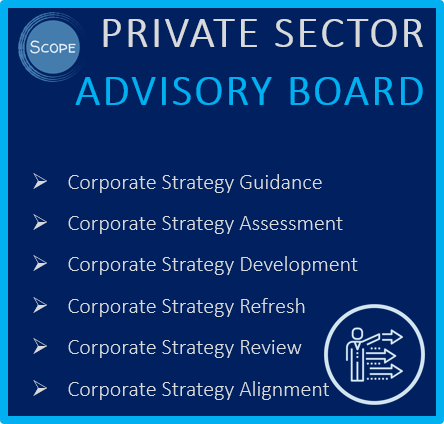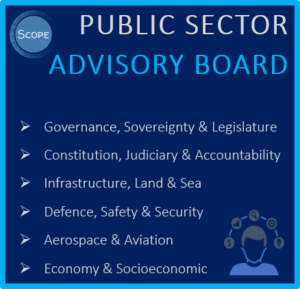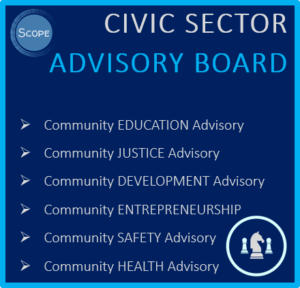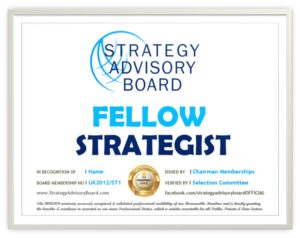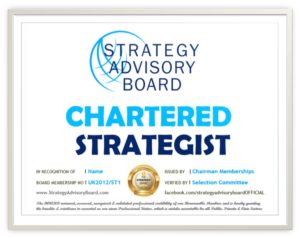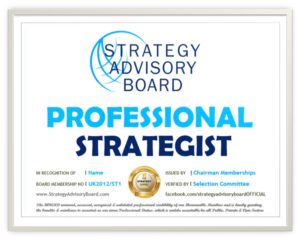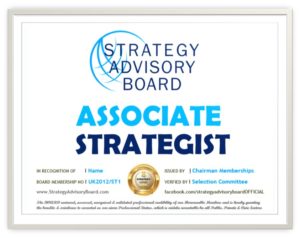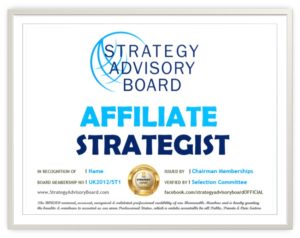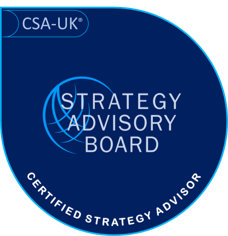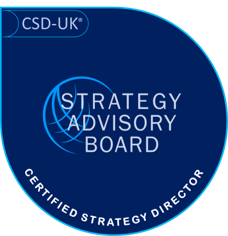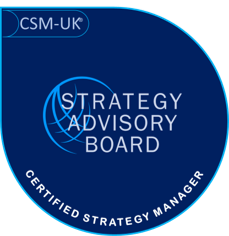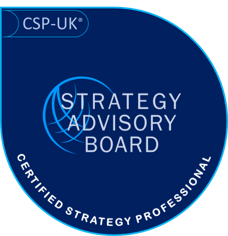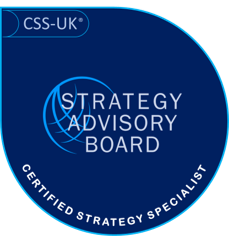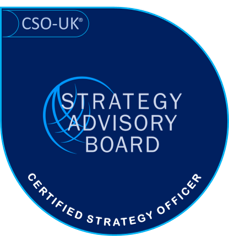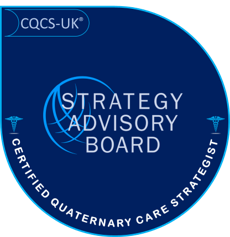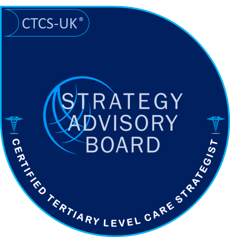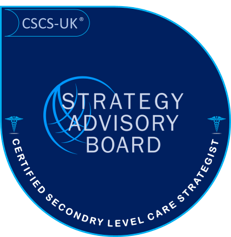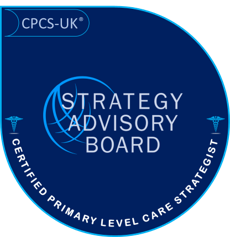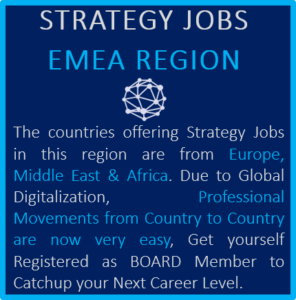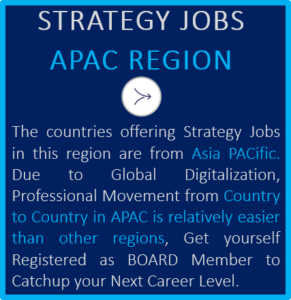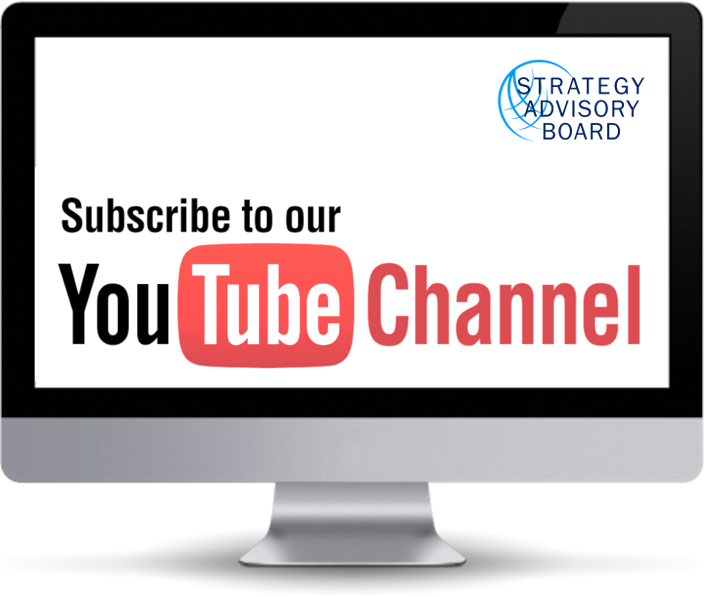Is your team headed in the right direction? Are people working together, towards the same objectives? Do your objectives reflect your ultimate vision? And will your day-to-day activities help you achieve that vision?
These questions are extremely relevant for all organizations. Yet, more often than not, they can get pushed into the background.
It’s easy to focus so much on day-to-day activities that you lose track of your original business plan. Strategies become redundant or unnecessary, vision and mission statements lose relevance, tactics may not lead to the results you want — and you may not even realize that you’ve inadvertently changed direction.
It is an analysis framework that helps you avoid this trap by checking whether the five VMOST elements – Vision, Mission, Objectives, Strategies, and Tactics – are in alignment.

The tool serves two purposes. First, it helps you re-connect to your business vision, and highlights any problem areas that you need to address. Second, it helps you create and evaluate plans for the future, so that you can make sure that they’re aligned with your vision of that future.
Understanding the Tool
Let’s look at the five VMOST components:
- Vision – This is your organization’s purpose, in terms of its values or how it goes about doing business. It should inspire staff, and help customers understand why they would want to use the company’s products or services.
- Mission – This is also your organization’s purpose, but expressed in terms of key measures that must be reached to achieve your vision.
- Objectives – These are specific goals that you must meet to achieve the mission.
- Strategy – This is the overall plan you’ll follow to meet your objectives.
- Tactics – These are specific sets of actions needed to execute your strategy.
For any organization to be successful, all five components should be well-aligned – whether you view them from top to bottom or from bottom to top.
Looking from the top down, you need alignment because a clear vision drives the mission – which, in turn, lets you set your objectives or goals to achieve that mission. You design strategies to meet your objectives, and you implement your strategies with specific tactics or activities.
Looking from the bottom up, your tactical actions should fulfill your strategies, which help you meet your objectives, which help you accomplish your mission, which, in turn, helps you realize your company’s overall vision.

Mission
A mission is a task or duty that is assigned to someone. It can also refer to the purpose or reason for which an organization exists.
In the context of an organization, a mission statement is a brief description of the organization’s reason for existence and describes its purpose, intention and overall objectives. It is a concise statement that communicates what the organization does, who it does it for, and why it does it.
A mission statement is important because it:
- Provides a sense of direction and focus for the organization.
- Helps to align employees around a common goal.
- Differentiates the organization from its competitors.
- Attracts and retains customers and investors.
- Guides decision-making and strategy development.
Here are some examples of mission statements from well-known organizations:
- Google: To organize the world’s information and make it universally accessible and useful.
- Amazon: To be Earth’s most customer-eccentric company, where customers can find and discover anything they might want to buy online, and endeavors to offer its customers the lowest possible prices.
- Apple: To bring the best personal computing products and experiences to students, educators, creative professionals, and consumers around the world.
- Microsoft: To empower every person and every organization on the planet to achieve more.
A mission statement should be clear, concise, and inspiring. It should be something that everyone in the organization can understand and support. It should also be unique to the organization and reflect its specific values and goals.
To conduct a VMOST analysis, you need to determine whether all five VMOST elements are in alignment, both from a top-down and from a bottom-up perspective.
Go through each step below to check how well the VMOST elements fit together in your situation.
Step 1:
Choose the scope of your analysis.
Do you want to assess how well your whole organization’s day-to-day activities contribute to its vision? Or do you just want to focus on your own contribution, or that of your team?
Step 2:
Collect the five sets of information for the scope you chose in Step 1:
- Vision statement.
- Mission statement.
- Key objectives.
- Strategy document.
- Tactics used to deliver that strategy.
Step 3:
Answer the following questions:
- Do the key measures in your mission statement fit the values described in your vision statement?
- If you achieve the objectives, will the measures in the mission statement reach the levels described in the mission statement?
- Does your organization’s strategy support the achievement of the objectives?
- Will your tactics deliver the strategy?
If the answer to every question in Step 3 is yes, you can be reassured that you, your team, or your entire organization – depending on your scope from Step 1 – contributes to your overall vision through your day-to-day activities.
However, if you answered no to any of the questions in Step 3, you need to adjust or redefine one or more of the VMOST elements. For example, if the tactics will not deliver the strategy – and if no tactics you can identify will deliver the strategy – you’ll need to reconsider everything else.


